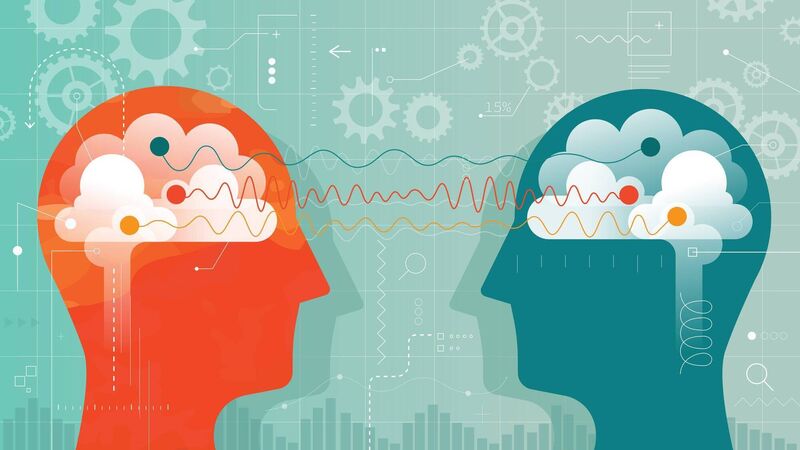Let’s talk about our feelings, not label normal emotions

Picture: iStock

Celebrating 25 years of health and wellbeing
Try from €1.50 / week
SUBSCRIBE
Picture: iStock
In 2008, when Lucy Foulkes was aged 20, her life looked idyllic. She had a loving family, great friends, a lovely boyfriend. At university, she was studying psychology, which she adored, and had a great summer job as a swimming instructor. There was nothing external to prompt a catastrophic mental breakdown, and yet it happened.
“I was in Turkey when everything came undone,” she writes in Losing Our Minds: What Mental Illness Really Is And What It Isn’t. Walking back to their holiday apartment after a day on the beach with close friends, “I began to feel like I couldn’t breathe. My thoughts became dark and opaque.”
Already a subscriber? Sign in
You have reached your article limit.
Annual €130 €80
Best value
Monthly €12€6 / month
Introductory offers for new customers. Annual billed once for first year. Renews at €130. Monthly initial discount (first 3 months) billed monthly, then €12 a month. Ts&Cs apply.
CONNECT WITH US TODAY
Be the first to know the latest news and updates

Celebrating 25 years of health and wellbeing
Newsletter
The best food, health, entertainment and lifestyle content from the Irish Examiner, direct to your inbox.
Newsletter
The best food, health, entertainment and lifestyle content from the Irish Examiner, direct to your inbox.

Our team of experts are on hand to offer advice and answer your questions here
© Examiner Echo Group Limited